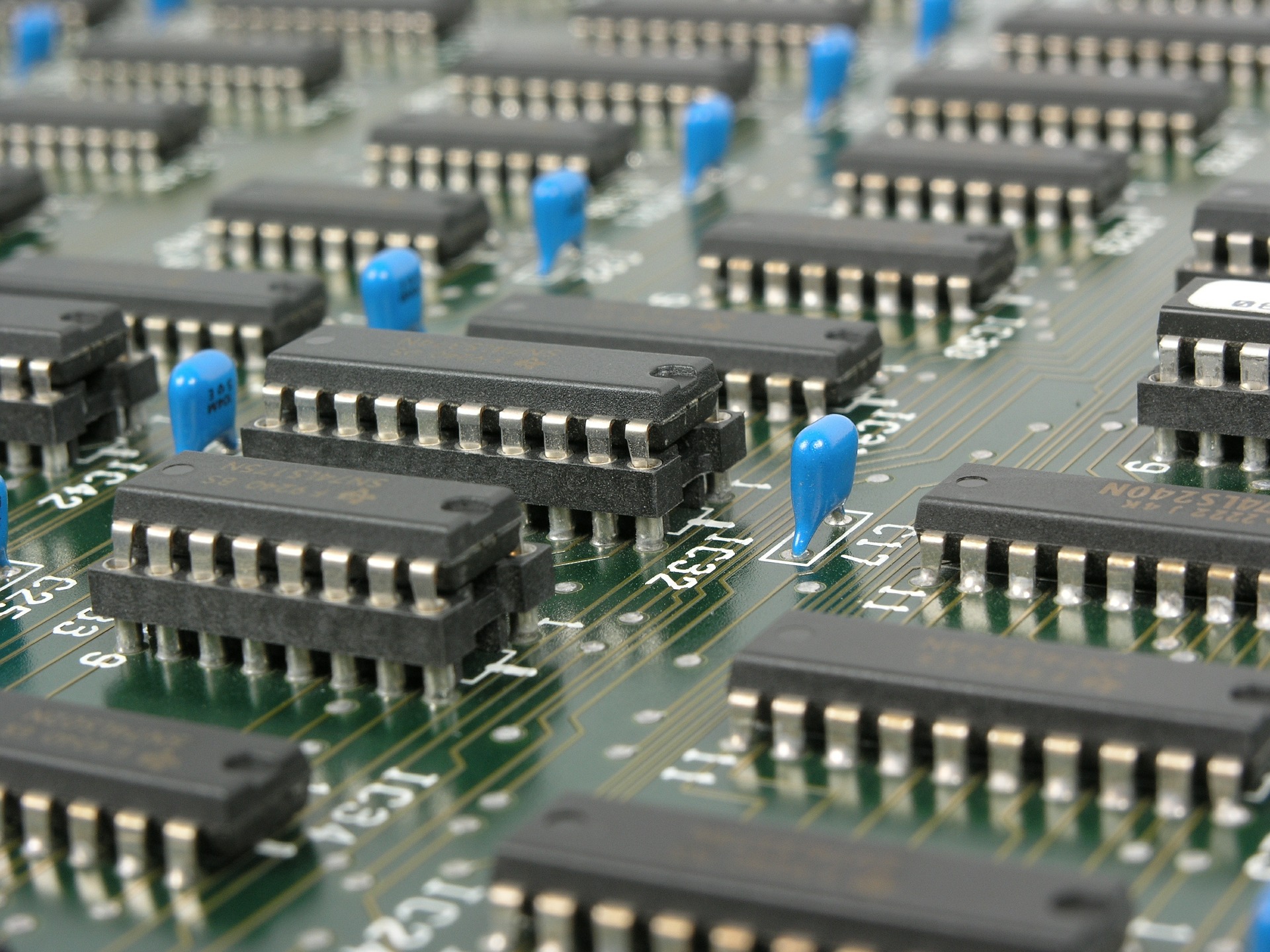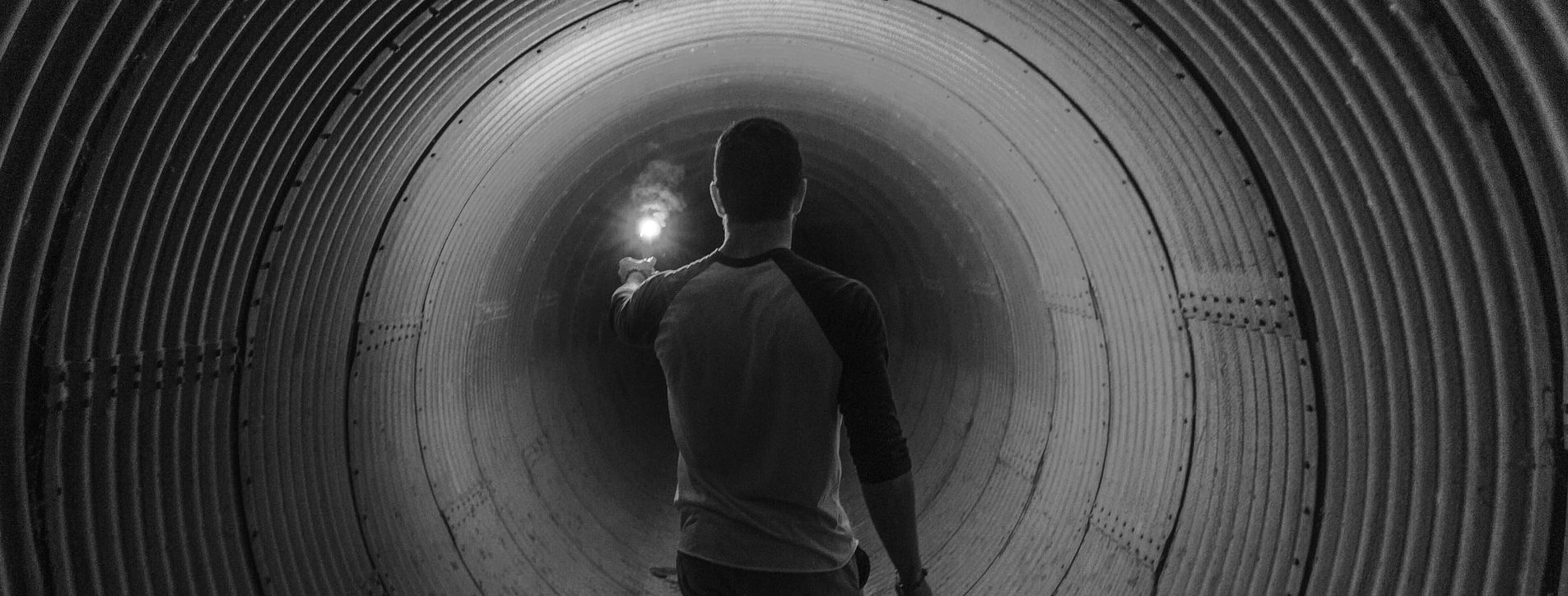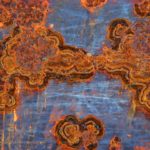For years, electronics manufacturers have already complied with the RoHS Directive for the Restriction of Hazardous Substances (Lead, Cadmium, Mercury) and Flammable Materials in order to protect the environment.
Soldering is the pasting procedure used in the electronics industry for making electronic circuit boards, among others. Welding in the inert atmosphere with nitrogen improves the quality of assembly while reducing sensitivity to process fluctuations.
The reason why nitrogen is used in soldering procedures is a simple one: nitrogen is the cheapest available gas that does not interact with the metals that are bonded. Nitrogen represents 78% of ambient air (oxygen is 20.9% and the rest, other gases) and is used in various industrial processes due to its inert gas properties – it reduces the oxygen level down enough to prevent or slow down oxidation.
In the electronics industry, the resulting metal slag as a result of sticking to the plates is oxidized rapidly. Removing it can cause scrap or manufacturing defects, it takes time to clean and is an extra cost that can not be neglected. The above-mentioned directives make the procedure even more expensive, so the use of nitrogen to create an inert atmosphere at the point of soldering is an extremely advantageous solution, both logistically and economically.

There are several types of large-scale welding that use an inert atmosphere with nitrogen:
- reburning furnaces – are used to melt paste (flux) in the process of soldering electronic components
- bonding in wave – these stations make connections by passing the board over a melted flow drum
- selective bonding – the components are glued to the sheet one by one
- As with any other ingenuous practice, the use of nitrogen in these procedures has led to the emergence of various “information”, more or less true.
Dr. Andy C. Mackie is an expert in physical chemistry, rheology and material science, with more than 20 years of experience in the electronics industry.
As a Global Product Manager, Semiconductor and Advanced Assembly Materials for Indium Corporation, Dr. Mackie has published a synthesis on the use of nitrogen in soldering procedures, more specifically about myths related to this use.
“Nitrogen removes oxides …” “Nitrogen improves heat transfer” … “If you measure the oxygen level in the nitrogen flow, I will know the purity of the furnace” …… “A more pure nitrogen will provide me better results” …… “Nitrogen reduces all soldering defects” … .. “We started feeding nitrogen, so the oven is inerted” … “If the nitrogen flow increases, the oxygen level decreases” ……. “I have 26 identical furnaces I use Nitrogen with the same inlet pressure settings; If I know the concentration of O2 in an oven, the same concentration will be in the other “……” I have measured the O2 level once, so I always know precisely which is”……”. I can equalize the furnace discharge flows by binding inlet and outlet ventilation to common”.
In the attached technical document you can find detailed explanations for all the above situations.
We invite you to discover other specialized information about soldering procedures on Indium’s website.
Expertise and continuous technical training will help us move forward together.


